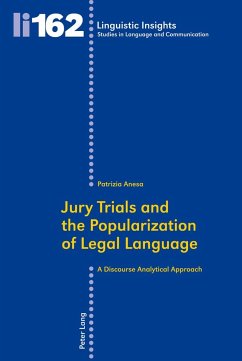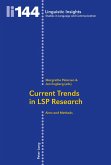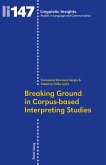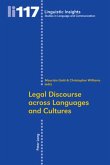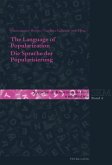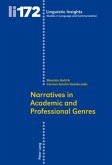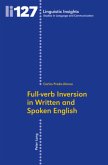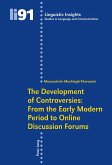This book explores the techniques and discursive strategies that are typical of the communicative interactions between professionals and laymen in a jury trial. It also investigates the complex relationship that emerges between written and oral communication in different phases of the trial. The analysis takes into account the many nuances that define these dynamics and the various possibilities that the jurors have to intervene in the process, particularly in the light of recent procedural developments. Special attention is devoted to the observation of the specific strategies adopted to illustrate legal ideas and concepts to the jurors according to the speakers' various communicative purposes. By adopting a discourse analytical perspective which combines both qualitative and quantitative approaches, the book highlights the hybridity of the language used in court and the combination of different styles and registers.
Bitte wählen Sie Ihr Anliegen aus.
Rechnungen
Retourenschein anfordern
Bestellstatus
Storno

